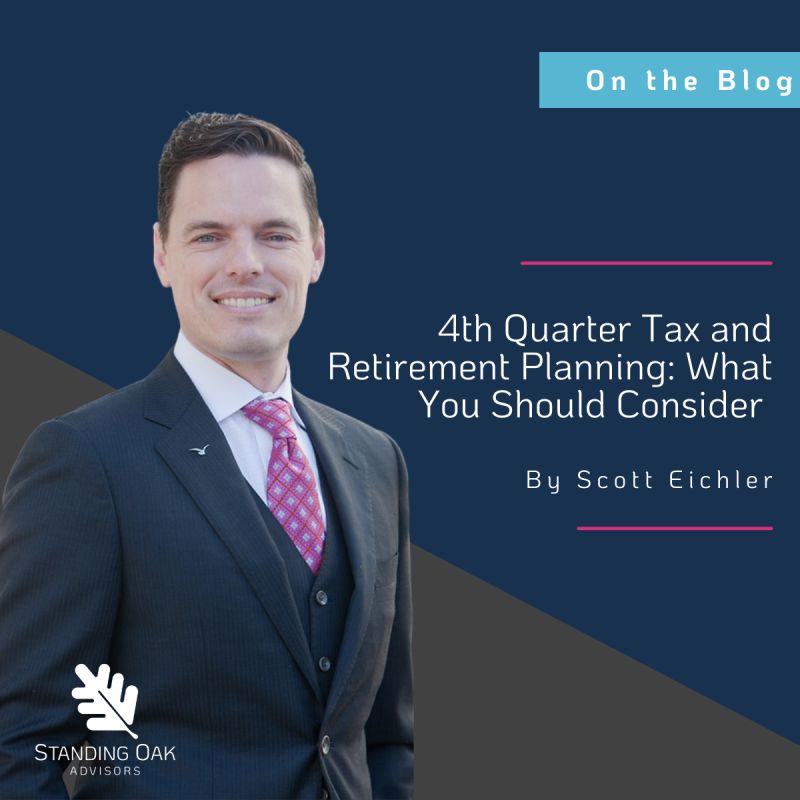What to Consider in the Fourth Quarter Crunch
The final quarter of the year is a hustle in more ways than one. The year is winding down, and there’s much to get done in only a few weeks—budget planning, annual reviews, and celebrations all begin to pile up. As financial planning comes more sharply into focus, this is the perfect time to dedicate some thought into what you can do to defer taxes.
Note we said defer taxes, not eliminate them. The age-old adage about death and taxes has stuck around this long for good reason. If anyone tells you differently, they may be selling something you don’t want to buy.
Setting that aside, there are several financial considerations worth a look at this time. Ask yourself:
What is our income level and what do our assets look like?
What your income looks like is a helpful lens to apply when looking to get the best tax advantages. For example, if you have healthy non-cash assets (such as facilities, equipment, vehicles, etc.) but not as much cash income, it could be time to take advantage of a lower tax bracket with a Roth conversion. This is a great year to look at this option, as a proposed spending bill currently in congress may mean this is the last year a Roth conversion is possible. If you have high cash flow that’s getting taxed like crazy, you can use other plans that could save quite a few tax dollars—up to a quarter million a year.
Have you valued your intangible assets lately?
When was the last time you took a closer look at the value of your intangibles? Intangible assets are neither direct revenue nor a physical asset like those mentioned above, but that have some inherent value, such as royalties and customer lists. We’re betting it’s been a while (and if you answered never, you’d be in good company). When you take stock of your intangibles, you often get a step up in cost basis. If there’s key personnel you want retained upon your retirement, that’s something to consider as well.
What are our needs and limitations for retirement?
Looking at the retirement tools you have currently in place, do owners get to participate in their use? It’s often the case that a top-heavy test prevents owners from participating in their own 401(k) plan, especially for high-growth businesses. It’s possible to create safe harbor provisions that eliminate the need for top-heavy testing. For one client, we discovered that a $40k investment in safe harbor provisions would yield a $52k savings in tax dollars. At Standing Oak, we believe that every business owner should receive the benefit of their own retirement plans.
How close are you to retirement?
The answer provides the urgency. If you’re looking to retire in the next 2-3 years, this is the time to prepare strategies that minimize tax liability, especially if you plan to sell. Many financial advisors would leave this work to a tax attorney, but we believe that having a sound strategy that sets you up for the retirement you want and deserve leaves no stone unturned.
Why won’t my advisor tell me all this?
They’re not hiding anything. It’s just that we’re fanatical about what we do at Standing Oak. We’re constantly on the hunt for ways to lower taxes and spending. The fact is, it’s not your job to know every tiny detail—it’s ours. That said, not knowing about something doesn’t mean it isn’t true. Which is why a partnership with a trusted RIA is the best investment you can make.
Ready to take a closer look at your retirement? Schedule a call with us today.


